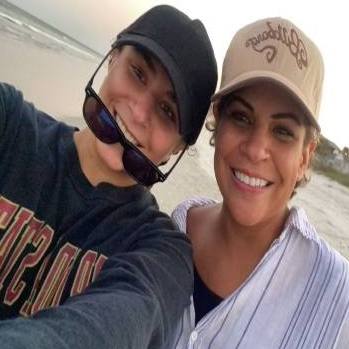
World Stroke Day is Oct., 29. Almost 800,000 people in the U.S. suffer from stroke annually. Stroke remains a leading cause of death worldwide and is the primary cause of disability in the U.S.
A stroke can occur when the blood supply to part of your brain is interrupted or severely reduced, depriving brain tissue of oxygen. Within minutes, brain cells begin to die.
"A stroke is a medical emergency. Knowing the signs and symptoms of stroke, and seeking prompt medical attention, can make all the difference in terms of survival and recovery," says Dr. David A. Miller, director of the Comprehensive Stroke Center at Mayo Clinic in Florida.
Signs of stroke include:
- Sudden numbness or weakness in the face, arms or legs, especially on one side of the body.
- Sudden confusion, trouble speaking or difficulty understanding speech.
- Sudden trouble seeing in one or both eyes.
- Sudden trouble walking, dizziness, loss of balance or lack of coordination.
- Sudden severe headache with no known cause.
Though the risk for stroke rises with age, Dr. Miller says anyone at any age can suffer a stroke.

Faye Baracats, a pharmacist with no known risk factors for stroke, was only 41 when she was diagnosed with a hemorrhagic stroke after feeling dizzy and developing a headache while at work. "I thought I was just dehydrated," says the mom who spent three weeks in the hospital and is now a stroke advocate. Read her story.
Stroke is the leading cause of disability in the U.S., often due to the fact that people do not recognize the severity of their symptoms. "If any of these symptoms happen, no matter how old you are, don't wait; seek medical attention immediately," says Dr. Miller.
"Stroke is a medical emergency. Though you may be inclined to ignore certain symptoms, the faster we can diagnose and treat a stroke, the better the outcome," he adds.
Reduce your risk for stroke by focusing on lifestyle changes, including managing blood pressure, diabetes and cholesterol.
Related posts:
- "COVID-19: Symptoms that require emergency care"
- "Mayo Clinic Minute: Think 'FAST' when recognizing stroke symptoms"
- "Mayo Clinic Minute: What African Americans need to know about stroke"
- "Mayo Clinic Minute: Artificial intelligence may help some stroke patients"
Related Articles







